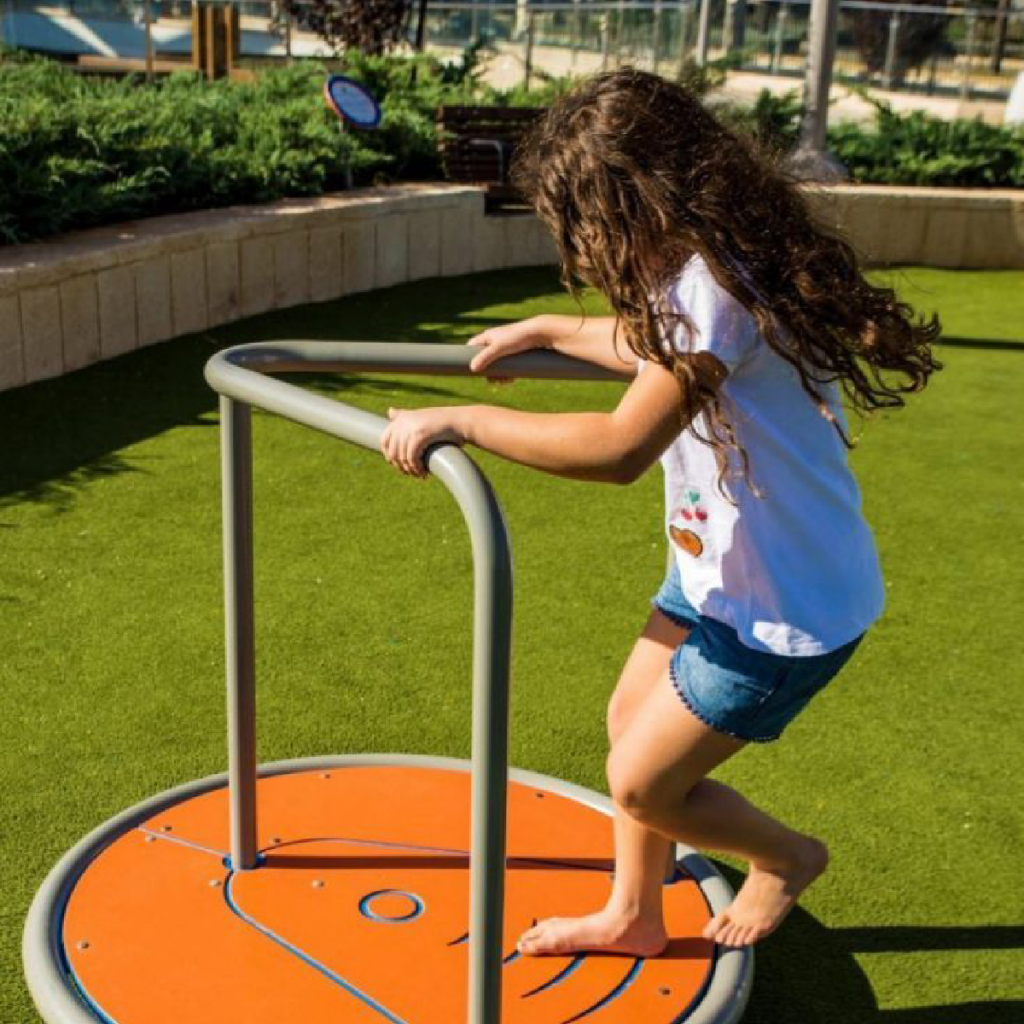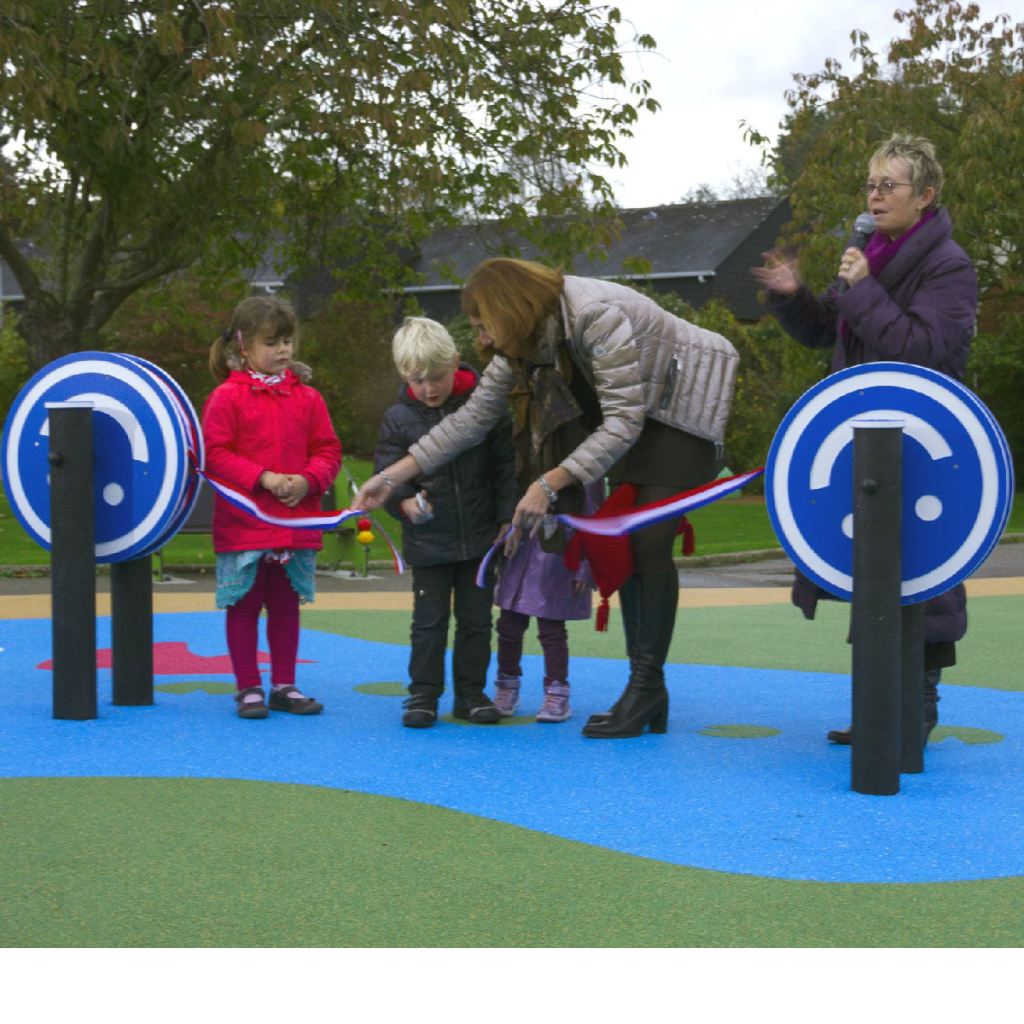Discover effective strategies and tips on how to handle hyperactivity in parks.
How to Handle Hyperactivity in Parks
Are you ready to take on the adventure of handling hyperactivity in parks? In this article, we will explore the world of energetic children and discover how parks can be a magical solution for taming their boundless energy. From understanding hyperactivity to implementing strategies and communicating effectively, we’ve got you covered. So, let’s dive in and embark on this thrilling journey together!

Understanding Hyperactivity in Children
Before we delve into the realm of parks, it’s important to understand what hyperactivity is all about. So, grab your magnifying glass and let’s investigate!
Defining Hyperactivity
Hyperactivity is like a whirlwind of energy that sweeps through the lives of some children. Picture a tornado in human form, constantly on the move, unable to sit still, and bursting with enthusiasm. Although it can be challenging at times, hyperactivity is not a flaw, but rather a unique trait that requires understanding and proper management.
When we think of hyperactive children, we often conjure images of kids bouncing off the walls, unable to focus, and constantly seeking stimulation. However, it’s important to note that hyperactivity is not solely defined by physical restlessness. It also encompasses a range of behaviors, such as impulsivity, difficulty following instructions, and a tendency to interrupt others.
Understanding the different facets of hyperactivity is crucial in creating an inclusive and supportive environment for these children, especially when it comes to enjoying outdoor spaces like parks.
Common Causes of Hyperactivity
Hyperactivity can have various causes, including genetics, environmental factors, and certain medical conditions. It’s like a colorful puzzle with multiple pieces, and we’re here to help you put them together. By identifying the root causes, you can unveil the secrets to effectively handling hyperactive children in parks.
Genetics play a significant role in hyperactivity, with studies suggesting that it can be inherited from parents or close relatives. However, it’s essential to remember that genetics are not the sole determining factor. Environmental factors, such as a chaotic home environment, exposure to toxins, or inconsistent parenting styles, can also contribute to the development of hyperactivity in children.
In addition to genetics and environmental factors, certain medical conditions can also give rise to hyperactivity. Conditions like attention deficit hyperactivity disorder (ADHD) and sensory processing disorder (SPD) are often associated with hyperactive behaviors. These conditions affect the way the brain processes information, leading to difficulties in regulating attention, impulsivity, and sensory input.
Understanding the underlying causes of hyperactivity is crucial in tailoring appropriate strategies and interventions to support these children in park settings. By addressing the root causes, we can create an environment that promotes their well-being and allows them to fully enjoy their time outdoors.
The Role of Parks in Managing Hyperactivity
Parks are not just beautiful spaces filled with swings and slides; they are havens of endless possibilities for hyperactive children. Let’s explore how parks can become the ultimate accomplice in managing hyperactivity.
Benefits of Outdoor Spaces for Hyperactive Children
When hyperactive children enter the enchanted realm of parks, something magical happens. The vast expanse of nature becomes their playground, offering a myriad of benefits for their energetic souls. From the fresh air revitalizing their spirit to the freedom of movement fueling their imagination, parks create the perfect backdrop for their adventures.
As they run through the open fields, their hearts race with excitement, and their bodies are filled with a surge of adrenaline. The sensation of the wind against their faces and the sound of their laughter echoing through the trees brings them a sense of pure joy. In this natural setting, hyperactive children can release their pent-up energy in a safe and unrestricted manner.
Moreover, the abundance of sensory stimuli in parks stimulates their senses, allowing them to explore the world around them. The vibrant colors of flowers, the soothing sound of flowing water, and the texture of tree barks all contribute to their sensory development. By engaging with their surroundings, hyperactive children can enhance their sensory integration skills, leading to improved focus and attention.
The Importance of Structured Play in Parks
While parks provide the canvas, structured play is like the brush and paint that bring order to the chaos. Creating an environment where hyperactive children can engage in organized activities helps channel their energy and focus their minds. It’s like connecting the dots to form a beautiful picture of harmony amidst the excitement.
Structured play in parks offers a range of benefits for hyperactive children. It provides them with a sense of structure and routine, which can be comforting and reassuring. By participating in organized games and activities, they learn valuable social skills such as taking turns, following rules, and cooperating with others. These skills are essential for their overall development and can positively impact their interactions with peers and authority figures.
Furthermore, structured play allows hyperactive children to practice self-regulation. Through activities that require focus and concentration, such as obstacle courses or team sports, they learn to control their impulses and manage their energy levels. This self-regulation not only benefits them in the park but also translates into other areas of their lives, such as the classroom or home environment.
In addition, structured play in parks can provide a sense of accomplishment and boost their self-esteem. When hyperactive children successfully complete a challenging task or achieve a personal goal, they experience a sense of pride and confidence. This positive reinforcement motivates them to continue engaging in activities that promote their well-being and development.
Strategies for Handling Hyperactivity in Parks
Now that you grasp the power of parks, let’s equip you with some actionable strategies to make the most of these wondrous spaces.
Setting Boundaries and Expectations
Before you open the gate to the park, it’s essential to set clear boundaries and establish expectations. By communicating rules and explaining consequences in a playful yet firm manner, you create a safe environment for hyperactive children to explore within their limits. Remember, rules are like guideposts, helping them navigate the adventure without getting lost.
Imagine this: you gather the children in a circle, their eyes wide with anticipation. You explain the rules of the park, emphasizing the importance of sharing and taking turns. They nod eagerly, their excitement palpable. As they rush into the park, you watch proudly as they navigate the playground equipment, respecting each other’s boundaries and following the rules you’ve set. It’s a joyous sight, filled with laughter and camaraderie.
Engaging in Physical Activities
Movement is the key that unlocks the hidden potential within hyperactive children. Encouraging physical activities in the park not only tires them out but also enhances their overall well-being. From organized games to spontaneous races, the possibilities are endless. So, put on your running shoes and dive into an adventure brimming with laughter and excitement!
Picture this: a group of hyperactive children gather on the grassy field, their energy radiating like a vibrant aura. You suggest a game of tag, and their eyes light up with anticipation. They sprint across the field, their laughter echoing through the park. As they chase and evade each other, their bodies become a blur of movement, their energy channeled into a thrilling game. The park becomes their playground, their haven of exhilaration and joy.
Incorporating Calming Techniques
Amidst the exhilaration, there are moments when hyperactive children need to catch their breath and recharge their batteries. Introducing calming techniques, such as deep breathing exercises or sensory breaks, provides them with valuable tools to regulate their energy levels. It’s like discovering a hidden oasis, where they can find inner calm amidst the chaos.
Imagine this: a hyperactive child, their breath ragged from hours of play, sits down on a bench in the park. You approach them gently, offering a deep breathing exercise to help them find their center. As they close their eyes and inhale deeply, you see their body relax, their energy shifting from frenetic to tranquil. The park becomes a sanctuary, a place where they can find solace and recharge their spirits before diving back into the exhilarating adventures that await.
Communicating with Hyperactive Children in Parks
Communication is the magic wand through which we connect with hyperactive children and guide them through the park adventures. Let’s unlock the secrets of effective communication together.
When it comes to interacting with hyperactive children, effective communication techniques can make all the difference. One important strategy is to use clear and concise language. Breaking down instructions into smaller, manageable steps can help them better understand and follow along. And if necessary, don’t hesitate to repeat the instructions to ensure they fully comprehend.
Another helpful technique is to employ visual aids or gestures. By transforming your words into vibrant pictures, you can make it easier for hyperactive children to grasp and remember what you’re saying. Whether it’s using hand gestures to demonstrate an action or showing them a visual representation of what you’re explaining, these visual cues can enhance their understanding and engagement.
Encouraging Positive Behavior
When dealing with hyperactive children, it’s important to focus on nurturing positive behavior. By praising and rewarding their efforts when they exhibit self-control, follow rules, or demonstrate kindness towards other children, you can reinforce positive actions and encourage them to continue on the right path.
Celebrating their accomplishments is key. By acknowledging their achievements, you inspire them to believe in their own potential and build their self-confidence. This positive reinforcement can go a long way in motivating hyperactive children to continue their positive growth and development.
Remember, effective communication and encouragement are powerful tools when it comes to interacting with hyperactive children in parks. By implementing these techniques, you can create a positive and inclusive environment where they can thrive and enjoy their park adventures to the fullest.
Collaborating with Other Parents and Park Officials
In the grand kingdom of parks, collaboration is the superstar that shines brightest. Join forces with other parents and park officials to create a supportive community that understands and embraces hyperactive children.

Building a Supportive Community
Connecting with other parents who have hyperactive children can be a source of strength, as they understand the unique challenges and triumphs you experience. Together, you can share strategies, exchange experiences, and offer each other support and encouragement. Remember, you are not alone on this adventure!
Advocating for Hyperactive Children in Public Spaces
Parks are not only magical gateways for hyperactive children; they are also spaces where society can learn and grow. By advocating for inclusive spaces that cater to the needs of hyperactive children, you pave the way for a more accepting and understanding world. Together, we can create a future where every park welcomes and celebrates their vibrant energy.
Final Words of Wisdom
Congratulations! You have now unlocked the secret to handling hyperactivity in parks. Armed with knowledge, strategies, and a playful spirit, you are ready to embark on this adventure like a true park hero. Remember, hyperactivity is not a challenge to overcome but a beautiful part of who these children are. So, embrace this journey, savor every moment, and let the magic of parks guide you and your little ones towards a world of endless joy and discovery.



